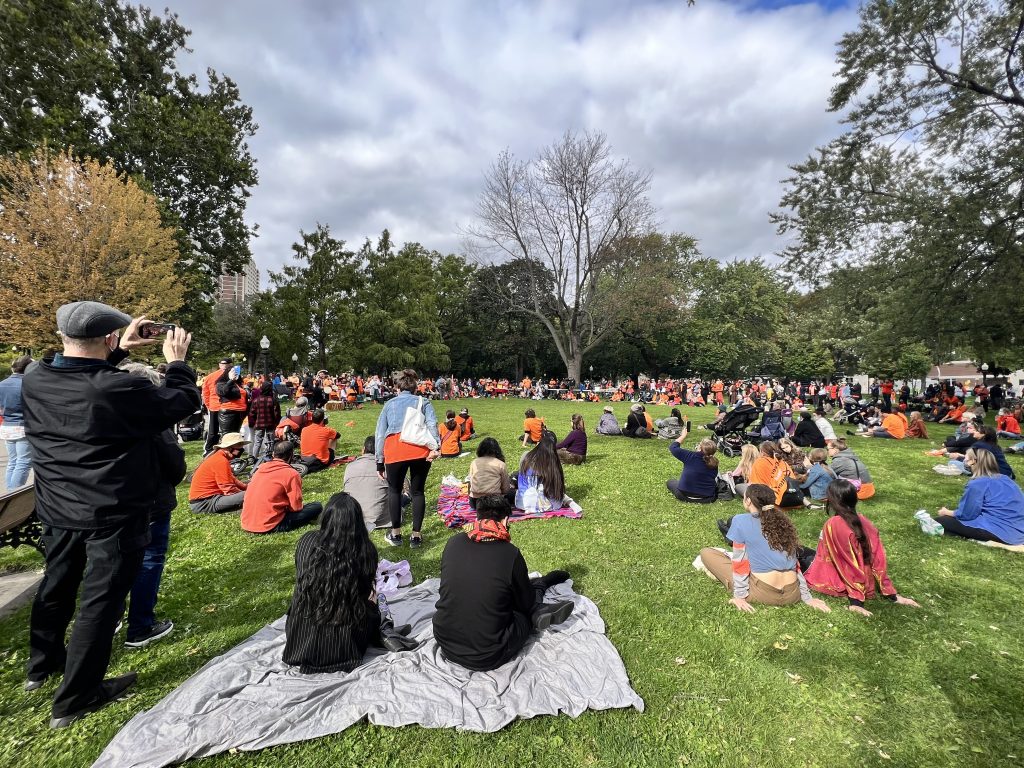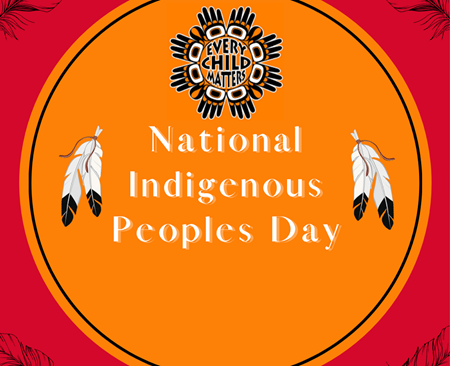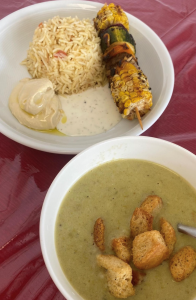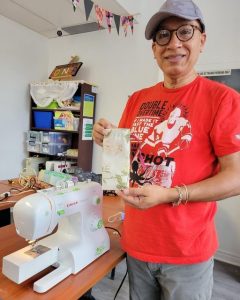The first National Indigenous People’s Day, previously known as National Aboriginal Day, was observed in 1996, after over 10 years of being called for recognition by various First Nation assemblies. June 21st also aligns with the summer solstice, the longest day of the year. This day is meant to honour the contributions and heritage of First Nations, Inuit and Metis people around Canada (Kanata). In 2009 the entire month of June was declared National Indigenous History Month.
Canada, and especially Toronto (Tkaronto) is now home to many people seeking refuge, new beginnings, and opportunities for their future generations. While one in five people in Canada are newcomers we all have a responsibility to continue to honour and protect the people whose land we are on. The majority of Indigenous education is taught from elementary school through high school but it should not stop there. So, how as newcomers can we stay aware and educated on the Indigenous experience?
- Educate ourselves
- Learn about residential schools, the Reconciliation Act, and the land you are inhabiting.
- Be mindful of our language and stereotypes
- Powwows are sacred, they’re not another word for a meeting. Spirit Animals and Two-Spirited are not experiences that apply to non-indigenous peoples.
- Learn about Native leaders and events that you can attend
- The Sunrise Ceremony held on June 21st at Nathan Philips Square is led by an Elder and open to all who can join respectfully.
Last year’s sunrise ceremony for National Indigenous People’s Day
Being an ally to Native and Indigenous peoples isn’t done in a day, or even a month. It takes continuous work and awareness, but we can all find small ways to uplift our community of people who also have a right to a safe home.




